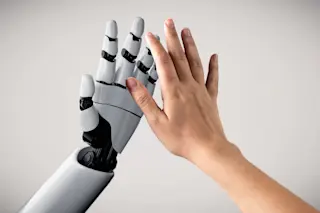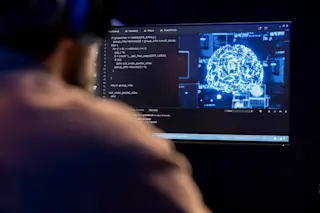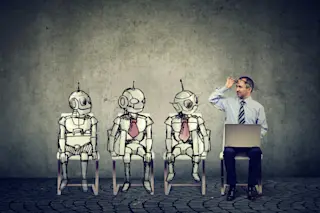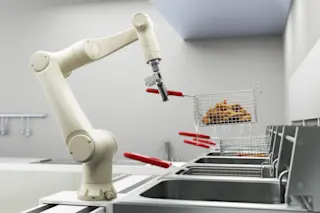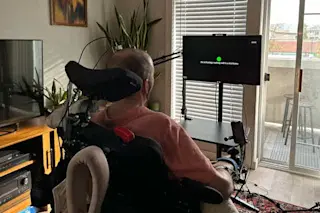Robots have helped humans since the start of the 20th century, and robotic advancement only assures us that these machines are always improving their abilities to perceive and process information, complete complex tasks and improve the overall quality of our lives. That said, much remains mysterious in human and robot interactions. For instance, how do humans respond to the autonomous actions of the robots that they control?
Recent research in Scientific Reports finds that the independent actions and “attitudes” of semi-autonomous robots positively influence those of their operators. These findings indicate that people make more connections with the machines that they control, which could shape the future of semi-autonomous robots and make them more successful in achieving their aims.
Robot Autonomy
Semi-autonomous robots, such as the “telepresence” robot, implement both machine decision-making and direct operator command. In other words, while a machine could control the semi-autonomous robot’s movements, a person could control its voice, or vice versa.
Roboticists say that these robots are widely applicable. “Semi-autonomous robots have shown potential for practical applications in which a robot’s autonomous actions and human teleoperation are jointly used to accomplish difficult tasks,” says primary study author Tomonori Kubota, a roboticist from Osaka University’s Department of Systems Innovation, in a press release.
This potential only increases as we better understand the relationship between robots and their operators.
Robots With Attitude
Kubota and a team of researchers investigated whether individuals who controlled the movements of a semi-autonomous robot would be more supportive of the robot’s autonomous “attitudes” than those who were without the same control.
To do this, they asked 45 participants to order 10 paintings according to their preference. The participants then viewed an active video feed of a semi-autonomous android robot speaking to another party about the paintings. While they watched the interaction, some participants could control the robot’s gestures, some could control the robot’s smile and some couldn’t control anything.
No matter the participant’s ability to control the android, it spoke on its own and articulated a preference for the painting that the participants initially identified as their sixth favorite. After watching the interaction, the participants then re-ranked the same set of paintings for a second time. Among those who partially operated the robot, the painting tended to increase in popularity, implying that the robot’s autonomous “attitudes” altered their own.
“This study reveals that when a person operates a part of the body of an android robot that autonomously interacts with a human, the person's attitudes come to closely align with the robot’s attitudes,” says senior study author Hiroshi Ishiguro, a roboticist at Osaka University, in a press release.
Ultimately, the team says that their findings could shape future systems in the field of robotics.



